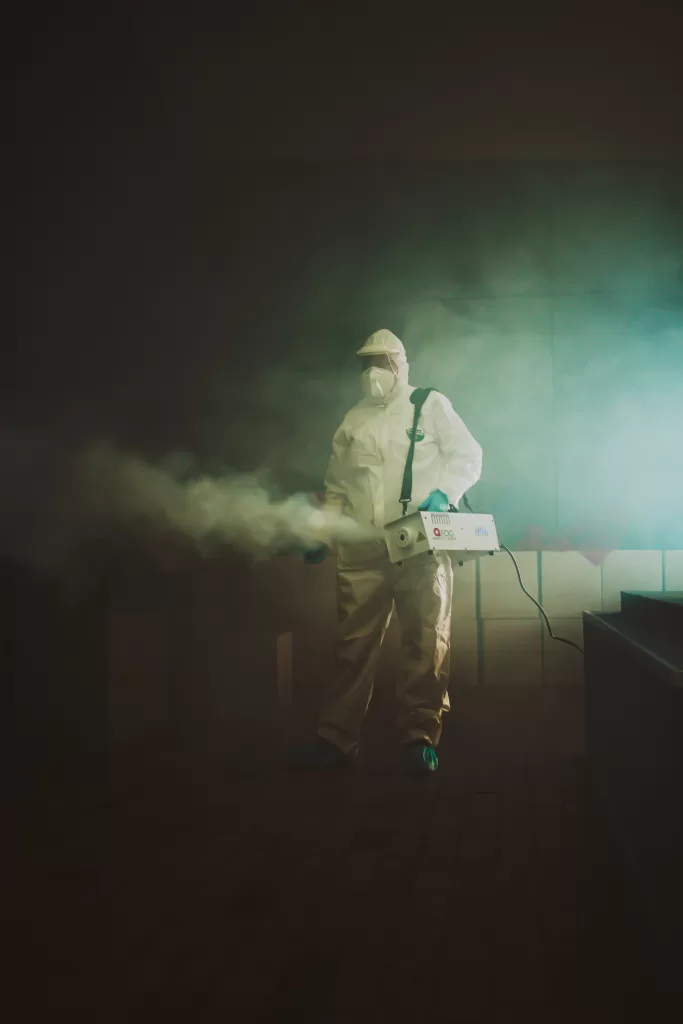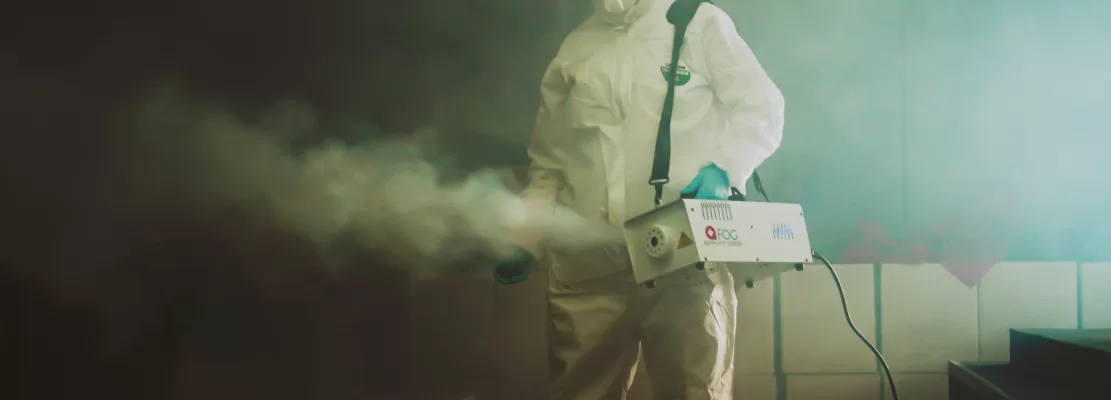Fumigation is a widely utilized method for pest control, offering an effective means to eliminate unwanted insects, virus and pests. However, it’s crucial to be aware of the potential dangers associated with this process. In this guide – What You Need to Know About the Benefits and Risks of Fumigation, we will explore the risks linked to fumigation and provide insights into the precautions that can be taken to ensure the safety of both occupants and the environment.

Table of Contents
The Risks and Precaution of Fumigation (What You Need to Know About the Benefits and Risks of Fumigation)
Exposure to Hazardous Chemicals:
Toxicity Concerns: The chemicals employed in fumigation, including methyl bromide, sulfuryl fluoride, or phosphine gas, can pose significant health risks. Prolonged exposure or mishandling may lead to respiratory issues, nausea, dizziness, and in severe cases, long-term health complications.
Precautions: Occupants are advised to vacate the premises during fumigation. Professionals must adhere to stringent safety guidelines, using proper concentrations of chemicals and ensuring adequate ventilation to minimize the risk of exposure. For instance, Palmacedar Cleaning Limited is professional eco -friendly fumigation services company in Nigeria who can help you with a services that are eco friendly.
Residue and Contamination:
Residual Presence: Fumigant residues may linger after treatment, presenting potential health risks. These residues can settle on surfaces, contaminate belongings, and persist in the air, resulting in ongoing exposure.
Precautions: Thorough aeration and ventilation post-fumigation are crucial to dissipate residues. Homeowners should follow recommended waiting periods before re-entering the treated area and clean surfaces and belongings to reduce the risk of exposure.
Environmental Impact:
Air and Water Contamination: Improper application or disposal of fumigants can lead to environmental contamination. Runoff from treated areas may impact water sources, while airborne residues contribute to air pollution.
Precautions: Choosing environmentally friendly fumigants and working with certified professionals can help mitigate environmental impact. Compliance with local regulations regarding fumigant use and disposal is essential.
Risks to Pets and Wildlife:
Pet Safety: Pets are susceptible to the effects of fumigation chemicals. Inhaling or coming into contact with treated surfaces can lead to health issues or, in extreme cases, fatalities.
Precautions: Remove pets from the treated area during fumigation, and follow guidelines provided by fumigators for safe reintroduction. Inform professionals about the presence of pets and adhere to their recommendations.
Regulatory Compliance:
Legal Obligations and Regulations: Non-compliance with local and federal regulations can result in legal consequences. Improper use of fumigants may lead to fines, penalties, and potential legal actions.
Precautions: Engaging licensed and certified fumigation professionals ensures compliance with regulatory standards. Homeowners should thoroughly research and verify the credentials of their chosen service provider.
Conclusion of What You Need to Know About the Benefits and Risks of Fumigation
While fumigation offers an effective solution for pest control, understanding and mitigating associated dangers is essential. Prioritizing safety through certified professionals, strict adherence to safety guidelines, and necessary precautions helps ensure the benefits of fumigation without compromising the well-being of occupants or the environment. A balanced and informed approach is key to achieving pest control goals while minimizing potential risks.
Thank you for reading – What You Need to Know About the Benefits and Risks of Fumigation

